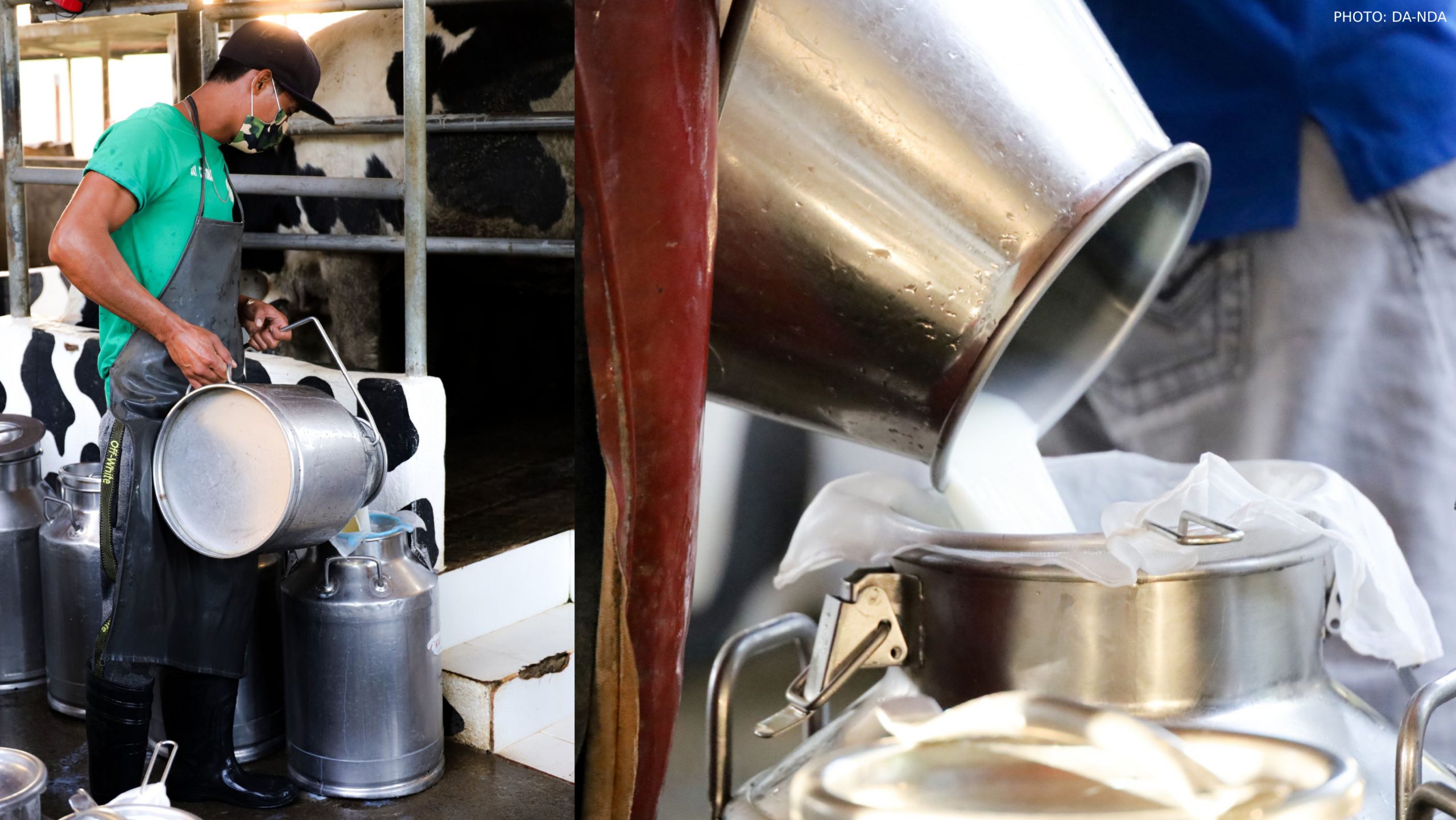
With the recent signing of a joint declaration of the Philippines and France for agricultural cooperation in the dairy industry, Agriculture Secretary William Dar instructed the sector to ramp up production and reinvent plans towards meeting local milk requirements. He also directed the DA-National Dairy Authority (NDA) and the DA-Philippine Carabao Center (PCC) to re-tool local production strategies and actively partner with the private sector.
“There is a huge potential in the sector but the challenge continues at all levels. But just because the challenge is there, we cannot be complacent and fail to persevere,” said Sec. Dar.
We need to elevate our game and aim higher in such a way that the NDA and the PCC are able to strategize towards increasing competitiveness, boosting our local milk production and relying less on imports,” he added.
The Philippines is a big importer of dairy products, particularly milk powder. Majority of the country’s annual dairy requirement is supplied by importers and processors.
In 2020, the Philippine dairy industry marked an increase in local milk production alongside a decrease in imports and exports of milk and dairy products.
A report from Philippine Statistics Authority (PSA) shows local milk production with an uptick of 9.5 percent from 24.38 million liters in 2019 to 26.71 million liters in 2020. This is attributed to the increase of dairy animals in milkline including cattle (64%), buffalo (31%), and goat (5%). The lead milk-producing provinces are Davao, Laguna, Bulacan, Bukidnon and Batangas.
Imports and exports of milk and dairy products logged decreases. Milk and dairy imports went down by 14% to 2.163 billion liters from 2.516 billion liters year on year. Of the total dairy imported products in 2020, majority is in the form of skimmed milk powder of about one billion liters.
Other dairy imported products included whey powder, liquid ready-to-drink milk, buttermilk powder, butter fat/dairy spread, cream, whole milk powder, and cheese among others.
The report further showed a sectoral value increase of 18 percent or P1.207 billion from P1.023 billion in 2019.
“While there’s a notable increase in milk production, that it is still not enough to supply the local demand,” the agriculture Secretary stressed.
“Let us triple our efforts, particularly in implementing modernizing programs, employing state-of-the-art facilities, and seeking collaborations with stakeholders such as cooperatives, private farms, government farms, milk traders, and commercial processors,” he said.
“The recent joint declaration signing between the Philippines and France will play a huge part in our effort to beef up the sector. Both countries have committed to facilitate links between dairy producers and associations, agricultural and agri-food companies, and importers and distributors. A developed dairy industry will provide livelihood opportunities for our local dairy farmers and cooperatives, creating sustainable markets for them,” he concluded. ### (Rita dela Cruz, DA StratComms)














